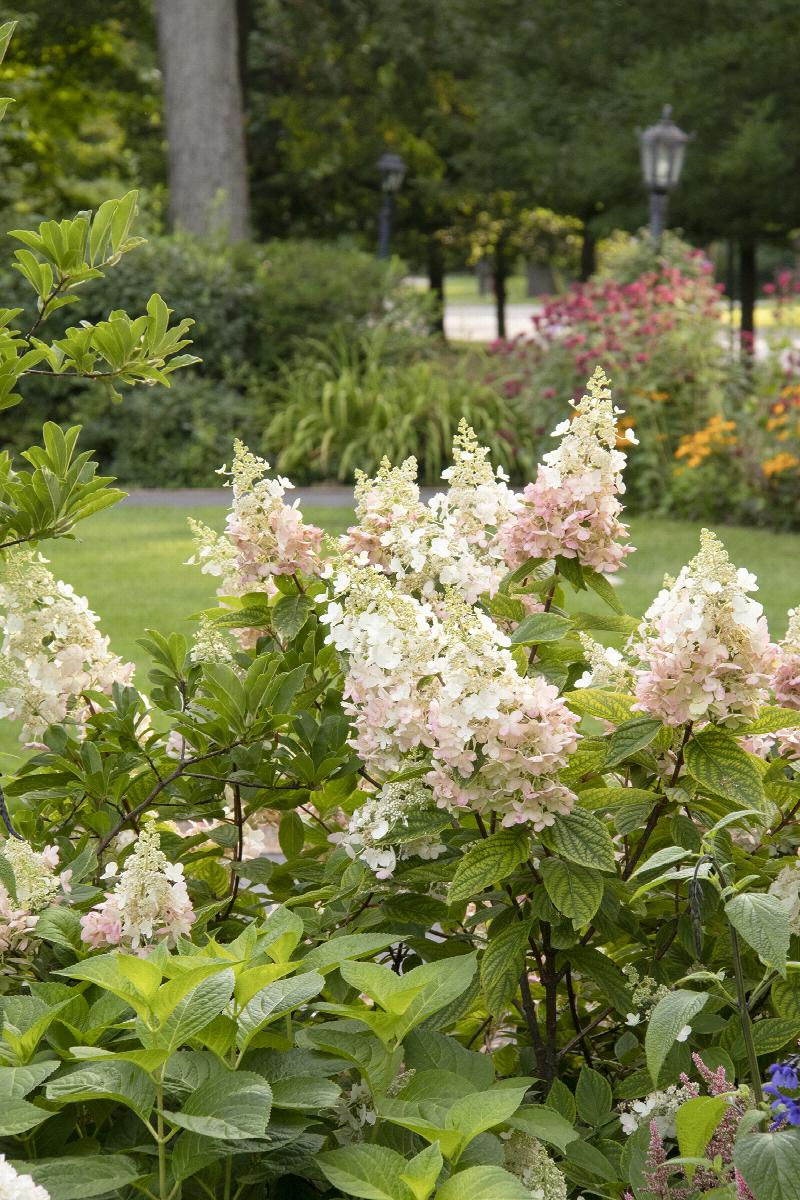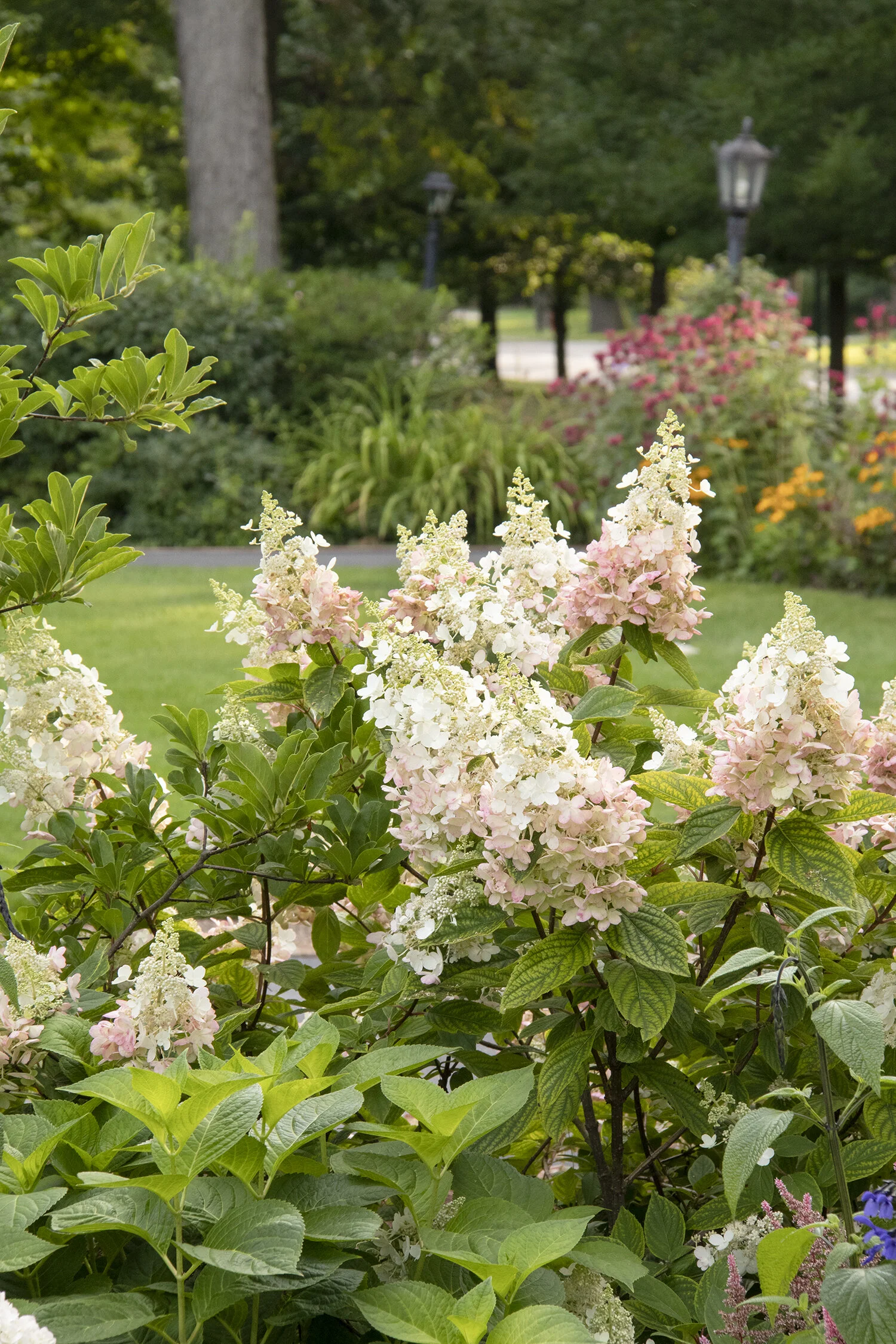Angels Blush Hydrangea: The Ultimate Guide To Growing And Caring For This Gorgeous Flower
Angels Blush Hydrangea: The Ultimate Guide to Growing and Caring for This Gorgeous Flower
Angels Blush hydrangea is a beautiful and versatile shrub that can add a touch of elegance to any garden. It is known for its large, panicle-shaped flowers that bloom in shades of white, pink, and red. Angels Blush hydrangea is relatively easy to care for, and with a little bit of attention, it can thrive for many years.
In this guide, we will discuss everything you need to know about growing and caring for Angels Blush hydrangea. We will cover topics such as:
- Choosing the right location
- Planting and fertilizing
- Pruning
- Overwintering
- Pests and diseases
We will also provide some tips for troubleshooting common problems. By following these tips, you can ensure that your Angels Blush hydrangea will thrive for years to come.
Choosing the right location
Angels Blush hydrangea prefers a location that receives full sun to partial shade. In full sun, the flowers will be brighter and more colorful. However, in hot climates, afternoon shade may be beneficial.
The soil should be moist but well-drained. Angels Blush hydrangea is not tolerant of wet feet. If you have heavy clay soil, you may need to amend it with sand or compost to improve drainage.
Planting and fertilizing
Angels Blush hydrangea can be planted in the spring or fall. When planting, dig a hole that is twice as wide as the root ball. Backfill the hole with soil, and water well.
Angels Blush hydrangea does not require a lot of fertilizer. A light application of fertilizer in the spring will help to promote new growth and flowering.
Pruning
Angels Blush hydrangea can be pruned in the spring or fall. If you prune in the spring, you will encourage new growth and flowering. If you prune in the fall, you will help to shape the plant and remove any dead or diseased branches.
Overwintering
Angels Blush hydrangea is hardy in USDA zones 4-9. In colder climates, it may be necessary to protect the plant from winter cold. You can do this by covering the plant with a burlap sack or by wrapping it with horticultural fleece.
Pests and diseases
Angels Blush hydrangea is relatively resistant to pests and diseases. However, it is susceptible to aphids, scale, and powdery mildew. If you see any signs of pests or diseases, treat them immediately with an appropriate pesticide or fungicide.
Troubleshooting
If your Angels Blush hydrangea is not blooming, there are a few possible reasons. First, make sure that the plant is getting enough sunlight. Second, check the soil moisture level. The soil should be moist but not soggy. Third, fertilize the plant in the spring.
If your Angels Blush hydrangea's leaves are turning yellow, it may be a sign of a nutrient deficiency. Fertilize the plant with a balanced fertilizer, and the leaves should start to turn green again.
Conclusion
Angels Blush hydrangea is a beautiful and easy-to-care-for shrub that can add a touch of elegance to any garden. With a little bit of attention, it can thrive for many years.
Angels Blush hydrangea is a beautiful and versatile shrub that can add a touch of elegance to any garden. With its large, creamy-white blooms that turn pink in the fall, Angels Blush is a surefire way to turn heads.
If you're thinking about adding an Angels Blush hydrangea to your garden, be sure to visit for more information. This website has a wealth of information about Angels Blush hydrangea, including how to care for it, how to propagate it, and how to get the best blooms.
In addition to providing comprehensive information about Angels Blush hydrangea, also offers a variety of resources, such as a blog, a forum, and a plant shop. Whether you're a seasoned gardener or a beginner, is a great resource for all things Angels Blush hydrangea.
FAQ of angels blush hydrangea
Question 1: What is Angels Blush hydrangea?
Answer: Angels Blush hydrangea is a deciduous shrub that is native to Japan. It is known for its large, showy flowers that bloom in shades of pink, blue, and white. Angels Blush hydrangea is a popular choice for gardens because it is relatively easy to care for and is tolerant of a variety of conditions.
Question 2: What are the best conditions for growing Angels Blush hydrangea?
Answer: Angels Blush hydrangea prefers full sun to partial shade and moist, well-drained soil. It is not as cold-hardy as some other hydrangea varieties, so it is best to plant it in a sheltered location.
Question 3: How do I care for Angels Blush hydrangea?
Answer: Angels Blush hydrangea is relatively easy to care for. Water it regularly, especially during the summer months. Fertilize it in the spring with a balanced fertilizer. Prune it in the late winter or early spring to remove dead or diseased branches.
Question 4: What are some common problems with Angels Blush hydrangea?
Answer: Some common problems with Angels Blush hydrangea include leaf spot, powdery mildew, and aphids. Leaf spot is a fungal disease that can cause brown or black spots on the leaves. Powdery mildew is a fungal disease that can cause a white, powdery coating on the leaves. Aphids are small, sap-sucking insects that can cause leaves to wilt and curl.
Question 5: How do I prevent problems with Angels Blush hydrangea?
Answer: You can prevent problems with Angels Blush hydrangea by following good cultural practices. Water it regularly, fertilize it in the spring, and prune it in the late winter or early spring. You can also treat any problems that do occur promptly.
Image of angels blush hydrangea
5 different images of "angels blush hydrangea" from Pinterest:
This image shows a beautiful hydrangea bush in full bloom. The flowers are a delicate shade of pink, with a white center. The bush is surrounded by lush green leaves.
This image shows a vase of angels blush hydrangea flowers. The flowers are a slightly darker shade of pink than in the previous image. They are arranged in a beautiful bouquet, with some green leaves interspersed.
This image shows a angels blush hydrangea bush in a garden. The bush is surrounded by other flowers, including roses and lilies. The hydrangea flowers are a light pink color, with a white center.
This image shows a close-up of a angels blush hydrangea flower. The flower is a light pink color, with a white center. The petals are delicate and slightly ruffled.
This image shows a angels blush hydrangea bush in a terracotta pot. The bush is planted in a bed of green moss. The hydrangea flowers are a light pink color, with a white center.




Post a Comment for "Angels Blush Hydrangea: The Ultimate Guide To Growing And Caring For This Gorgeous Flower"